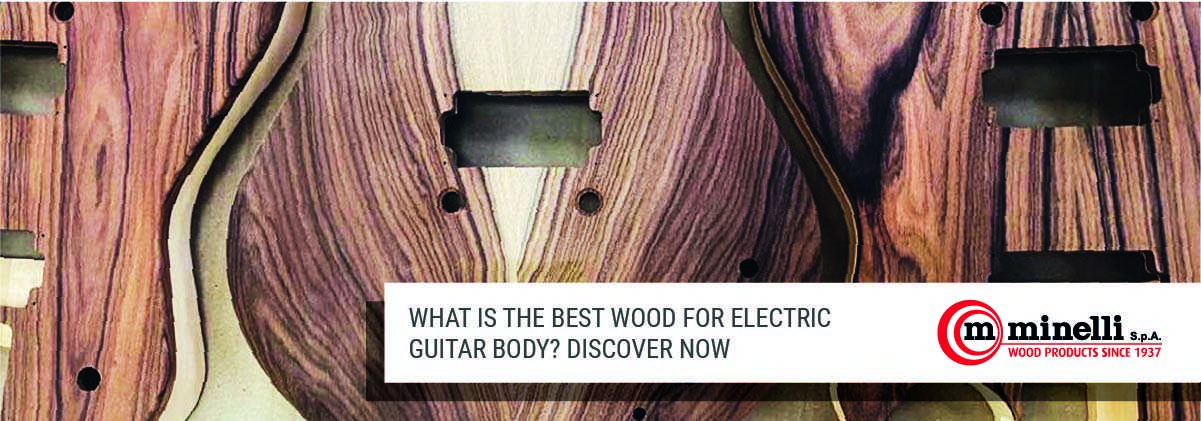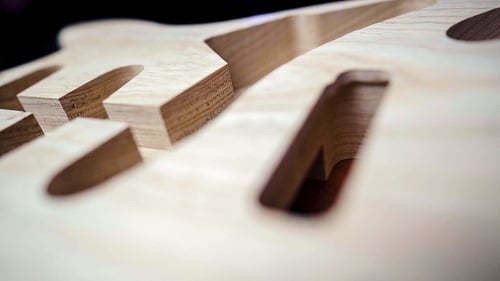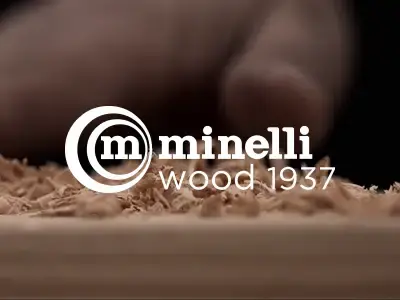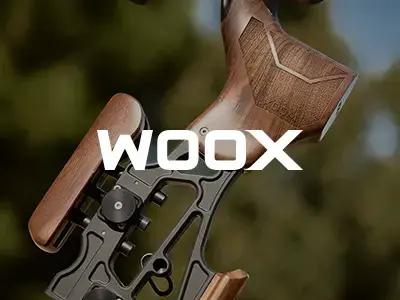 Wood differs in aesthetic, physical, and sonic characteristics. When choosing the best wood for an electric guitar body, you should evaluate not only the tactile qualities of the essences but also the tone they evoke from the guitar.
Wood differs in aesthetic, physical, and sonic characteristics. When choosing the best wood for an electric guitar body, you should evaluate not only the tactile qualities of the essences but also the tone they evoke from the guitar.
In this article, we will discuss the most common types of wood for electric guitars and their main features.
Choosing the best wood for electric guitar body: what you should evaluate
Woods used to manufacture electric guitars are called tonewoods, as they are chosen depending on their tonal properties. You can use a single tonewood or a combination of different tonewoods to produce different parts of the instrument to achieve a certain sound.
The wood grains have a crucial role in the type of sound produced. All tonewoods, in fact, have gaps of different size between their grains. These gaps cause acoustic responses that give the guitar its overall tone. The denser the tonewood, the brighter the tone; if the wood is less dense, the tone will be darker and more resonant.
The choice of the best wood for an electric guitar body thus depends on a player’s requirements and needs in terms of aesthetics and sound.
Here are the most common woods used to create electric guitars
Maple
Maple is a popular tonewood commonly used to create electric guitar bodies, necks, and fingerboards. Most of this type of wood comes from the U.S. or Canada, which is why finding a reliable manufacturer that has production plants in these countries can be a great advantage in terms of fast delivery.
Maple is light in color and heavy compared with other woods, which is why it is focused on mid and high frequencies and is less suitable for producing bass tones.
Rosewood
Rosewood is very expensive and rare and often used in fretboards. Making the electric guitar body and neck with rosewood would also be very costly because its porous nature requires a great amount of labour before finishes can be applied. This wood is especially beautiful, however, with noticeable grains and brown in colour.
It produces a bright sound with great resonance and volume.
 Ebony
Ebony
Ebony is a very expensive, dense, heavy, and compact wood used only for fretboards and finishing of electric guitars. It is often paired with mahogany in the construction of guitar necks. Ebony offers bright attack, great sustain, and excellent durability.
Mahogany
Mahogany is one of the best woods for an electric guitar body, as it is very resilient and resistant to possible damage. It is quite heavy and generally used for solid-body models. Mahogany offers a warm tone that is clear and powerful. It is well suited for heavier styles of rock music.
Mahogany is Gibson’s signature tonewood of choice and uses it almost exclusively for the body and neck of its different models of solid-body electric guitars.
Alder
Alder tonewood is a popular choice for electric guitar bodies and considered the most balanced of all common tonewoods in terms of sound without emphasis on any frequency band. Fender has used it for the body of many of its models since the 1950s.
It is also sometimes used for electric guitar necks even if it is not as robust and strong as other types of wood.
Hard ash and swamp ash
These two varieties of the same wood essence are very similar in appearance, but hard ash is denser and produces a good sustain with a brighter tone. It is commonly used for bodies of electric guitars that are designed for distorted sounds, such as a metal guitar.
Swamp ash is softer (it is extracted from trees that have their roots below the water level) and has a highly resonant, bright, and clean tone.
These two varieties of ash with a diffuse and easily visible grain are suitable for a beautiful transparent finish.
 Basswood
Basswood
This type of wood is relatively lightweight and soft, easily sourced, and affordable. It is less resistant and durable compared with other types of wood and has no visible grain patterns; for this reason, it is commonly used for entry-level electric guitar bodies with a coloured finish. It is rarely used for necks, as it is too lightweight and soft. It evokes a warm and bright sound that is well balanced across the range of frequency.
If you are looking for the best wood for electric guitars, you should know that it depends on your requirements. You should find a manufacturer that can provide consulting services and is able to advise you about the most suitable material.
Finding a supplier in your own country is best to avoid problems and delays and being able to see and touch physical prototypes of your product without dealing with distance.
The Minelli Group, thanks to its production plants in both Europe and the U.S., produces wooden guitar bodies and necks of the highest quality, customizing them on demand according to your and your clients’ needs.
If you are looking for a top-quality electric guitar neck or body delivered on time at a competitive price, book a free consultation with one of our experts!








